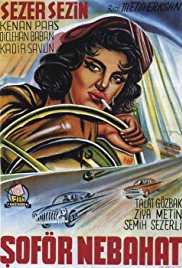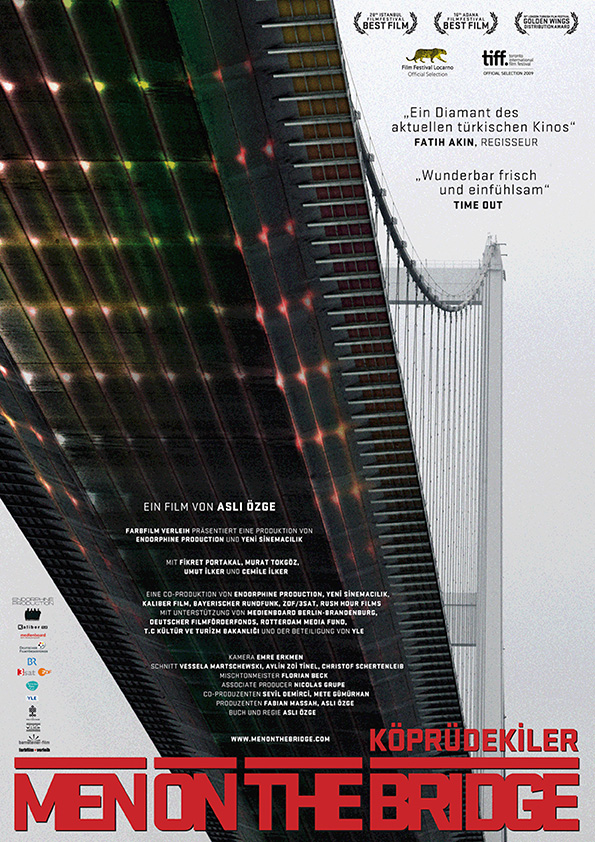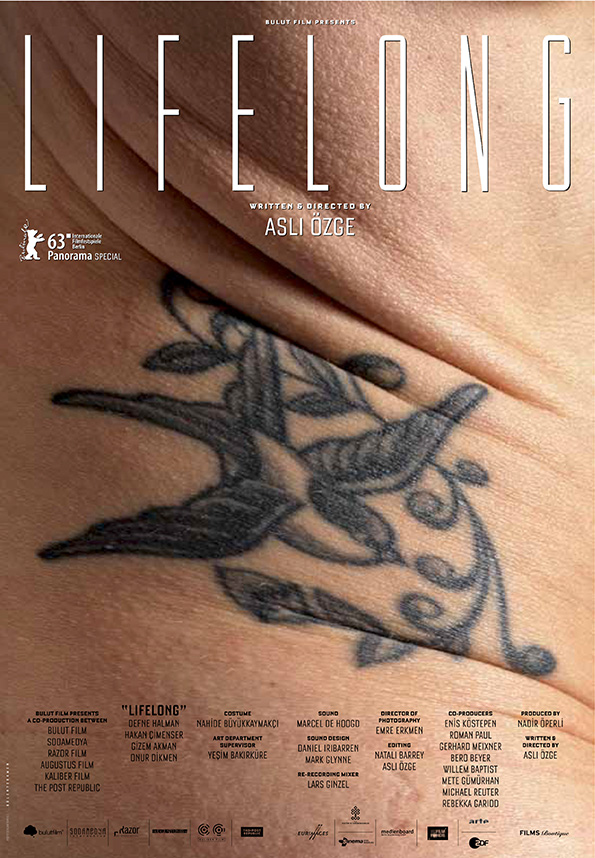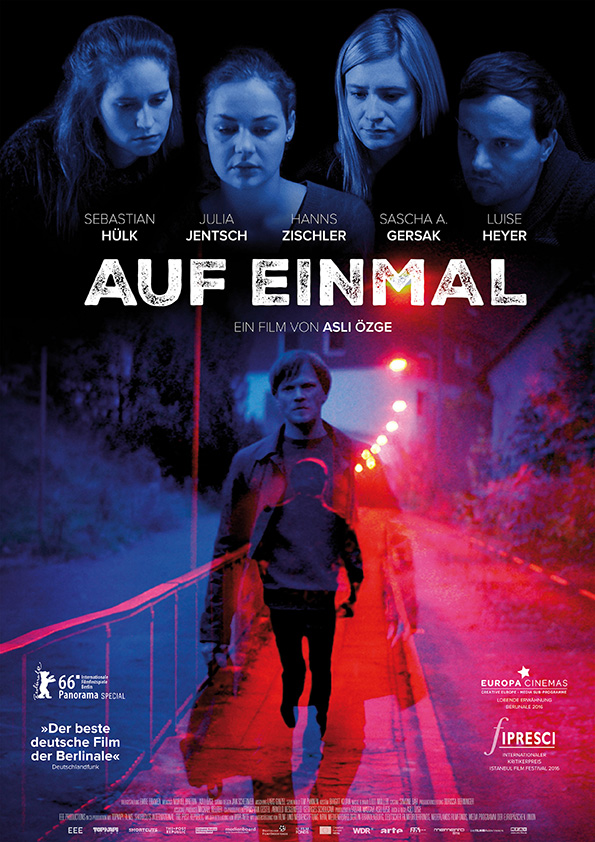Angut, Dallama, Dangalak, Denyo, Deyyus, Dümbük, Dürzü, Gavat, Hödük, İbne, Kahpe, Kaltak, Kodoş/godoş:, Köftehor, Lavuk, Pezevenk, Orospu, Puşt, Zibidi, Yavşak, Yosma
Mavi Boncuk |
Angut: ETü: [ Kaşgarî, Divan-i Lugati't-Türk, 1073]
anġıt/aŋıt: an-nuḥām [kaza benzer kızıl bir kuş]
Çağ: [ Pavet de Courteille, Dictionnaire Turc Oriental, 1500]
anḳut, anḳur: oiseau aquatique, plus petit que l'oie et plus grand que le canard
TartarTR: [ A. Fikri, Lugat-ı Garibe, 1889]
angut: Budala, sarsak.
Armenian angirt անկիրթ "terbiyesiz, kaba saba"
Dallama: jerk, prick, asshole EN Aptal, enayi TR; sucker, chump EN
"kaba ve küstah erkek (argo)" [ 1960]
TartarTR dalyarak
Dangalak: TTü: [ Meninski, Thesaurus, 1680]
dengel, dingel: ebleh, bī-endām, deyyūs
TartarTR: [ Ahmed Vefik Paşa, Lehce-ı Osmani, 1876]
dangalak: dangıl dungul lakırdı eden, kaba adam
"aptal, ahmak (argo)" [ Cumhuriyet - gazete, 2005]
Haddimizi aşmış olmayalım, ama galiba bizi 'dıngıl' yerine koyuyorlar.
< onom dank/dangıl boş bir nesneye vurma sesi
Akılsız, düşüncesiz kimse.’ 1871 Evangelinos Misailidis[1] Temaşa-i Dünyası
“ . . . Yetişir artık cehalette uyuduğunuz, artık tevrat-ı şerifin varuhu ve yunan asrının giritli epimenidis feylozofu ve asr-ı iseviyenin agiasuluklu yedi nevcivanları tarzı uyanın cehalet gafletinden ve görün ki, dünya tebdil olmuş, asır başkalaşmış, dangalaklığın eseri kalmamış.”
Dangıl: onom boş kutu veya teneke sesi
dangel/dıngıl "ebleh, bi-endam kişi, deyyus" [ Meninski, Thesaurus (1680) ]
dangalak "dangıl dungul konuşan kimse, kaba adam" [ Ahmet Vefik Paşa, Lugat-ı Osmani (1876) ]
Similarly: dandun/tantun, dangır dungur/ tangır tungur.
Denyo: "orta oyununda aptal çocuk karakteri" [ Ahmed Rasim, Şehir Mektupları, 1899]
"(argo)" [ Osman Cemal Kaygılı, Argo Lugatı, 1932]
denyo: Zıpır, kaçık, yarı deli, serserinin meczubu.
Roma denilo
Gerçek anlamı ‘emanet, rehin’ olan bu kelime zamanla gündelik kullanımda ‘dengesiz, delibozuk’ gibi anlamlar kazanmış.
Deyyus: [ Mesud b. Ahmed, Süheyl ü Nevbahar terc., 1354]
Eşek ḳaltabānsın u ebleh deyyūs̠
fromAR dayyūṯ ديّوث karısını satan veya karısı tarafından aldatılan erkek
Dümbük: [ Ahmed Vefik Paşa, Lehce-ı Osmani, 1876]
dümbük: Tembük, dümbelek.
[ Hamit Zübeyr & İshak Refet, Anadilden Derlemeler, 1932]
dümbük (Niğde): deyüs.
fromFA tambuk تنبك davul, dümbelek, tulum (çalgı) TartarTR tablek/deblek dümbelek
Armenian tmpug դմբուկ "davul" timpani.
"orkestra davulu" [ Cumhuriyet - gazete, 1947]
timpani'nin tonik ve dominant arasında dolaşan tokmakları
fromIT timpani [çoğ.] davullar, perküsyon from İt timpano tek yüzlü davul.
oldGR týmpanon τύμπανον Kybele ve Dionysos ayinlerine özgü davul, dümbelek Hebrew/Aramaic tūp, tuppā תוף dümbelek
Gerçek anlamı, Osmanlı devrinde hadım edilerek ters ilişkiye girmek amacıyla pazarlanan erkek fahişe.
Dürzü: "hakaret sözü" [ İbrahim Alaattin (Gövsa), Yeni Türk Lugatı, 1930]
dürzü: Hıyanetlik, katı yüreklilikten kinaye olarak söylenir tahkir sözü.
fromAR durzī درزى [nsb.] Suriye ve Lübnan'da yaşayan bir dini topluluğun mensubu ; öz Muḥammad İsmāil al-Darzī Dürzi dininin kurucusu (ö. 1019) +ī from Fa darzī درزى terzi
Gavat:“Karısını pazarlayan kişi” anlamında kullanılan kelimenin hikayesi ilginç. Sasani İmparatorluğu’nun hükümdarı olan 1. Kavad, Mazdek ve öğrencilerinin isyanına karşı koyamamasının üzerine, komün hayata saygı duyduğunu göstermek için karısının Mazdek ile yatmasına izin verir.
Hödük:"kabalık" [ Deşişî Mehmed Ef., Et-Tuhfetu's-Seniyye, 1580]
Türkīde bir kimse yoldaşını üşendirse 'baŋa hödük virme' dir
"kaba" [ Ahmed Vefik Paşa, Lehce-ı Osmani, 1876]
hödük هودوك: Kaba, ahmak, gabî, köylü, ümmî, rustâî.
Türkçede farklı kullanımları en yaygın olan kelime olabilir. Şaka bir yana, genellikle ‘kaba, anlayışsız kimse’ anlamında kullandığımız bu kelime: ‘korkak’, ‘uyuşuk, beceriksiz’, ‘acemi’, ‘kısa boylu ve göbekli’, ‘aceleci’, ‘kabadayı’ gibi birçok anlamda kullanılıyor.
İbne: "pasif eşcinsel" [TezhibK 1897]
fromAR ibna(t) إبنة [fem.] kız evlat fromAR ibn إبن oğul, evlat
Similarly: hibino, ibneleşmek, ibnelik, ibnetor
Kahpe: [ Codex Cumanicus, 1303]
meretrix [fahişe] - Fa: χagba
[ Osmanlı Kanunnameleri, 1520]
ve daχı bir kimesneyi χırsūzdur veya ḳahbedir déyu mahallesi ve kur'ası cemaˁati şikāyet idüb
fromAR ḳaḥba(t) قحبة fahişe possibly AR ḳaḥaba قحب öksürdü
Kaltak: KTü: [ Codex Cumanicus, 1303]
rofian [pezevenk] FA: guidi [gidi] - TR: kaltak (...) rofiana [fahişe] - TR: χaltak
Çağ: [ Pavet de Courteille, Dictionnaire Turc Oriental, 1500]
kaltak: cuir de la selle, la selle elle-même [eyer köselesi ve eyerin kendisi]
[ Anonim Tevarih- Al-i Osman, 1555]
Kaltak eyerlü ve yırtmac kürklü, örmec kuşaklı ve kabalak dülbendlü at oğrılarını dévşürüb göndermiş.
TartarTR: [ Şemseddin Sami, Kamus-ı Türki, 1900]
kaltak: (...) 3. Namussuz ve mübtezel kadın.
from oldTR kaltak 1. eyer köselesi, 2. ahlaksız adam, deyyus from oldTR kalıt- kaldırmak +(g)Ak
Kodoş/godoş: first mentioned in 1680 Meninski, Thesaurus [1680], facsimile printing Simurg 2000. Kodoş قودوش a man who pimps his wife, cockolded man TR karısını pazarlayan adam, karısı tarafından aldatılan adam from Armenian godoş կոտոշEN all types of animal horn TR her çeşit hayvan boynuzu
Persian gudāş گداش (horn),Georgian godoşi გოტოში (horn).
Köftehor: first mentioned in 1500 Neşrî, Kitab-ı Cihannümâ [1492]ed. Unat & Köymen, 1949. Osmanlı Kanunnameleried. Ahmet Akgündüz, İstanbul 1997. A forgiving husband after extra marital relationship (zina) from Persian kūftaχʷar كوفته خور köfte+hor person eating ground food. Kōfte كوفته (in a mortar) EN beaten, chewed TR dövülmüş, çiğnenmiş Persian kōftan, kōs- كوفتن, كوس En beat, flatten with a pestle TR dövmek, tokmakla vurmak, ezmek.
Lavuk: "adam (argo)" [ Metin Kaçan, Ağır Roman, 1991]
from Kurdish lawik [küç.] oğlan çocuğu Kurdish law oğlan, oğul
Genel evlerde çıkışta kolonya tutan, iki film birden sinemacılarında konuklara peçete ikram eden kişiye verilen isimmiş.
Pezevenk: [ 1477]
dellāle [Fa.]: pūzeveng پوزونك ˁavrat
[ Osmanlı Kanunnameleri, 1512] pūzeveng
[ Filippo Argenti, Regola del Parlare Turco, 1533] buseuenchlúch [büzevenklık]
[ Evliya Çelebi, Seyahatname, 1683] pāzveng
possibly Armenian pozavak բոզաւագ fahişe-başı (Dankoff ALT sf. 63.) Armenian poz բոզ fahişe + Armenian avak աւագ bey, ağa, reis
Similarly: pezo
Bizim ‘kadın pazarlayan kişi’ anlamında kullandığımız kelime aslen Farsçadır ve ‘kapı tokmağı’ veya ‘sürgü’ anlamına gelir. Türkçeye ‘kapıda bekleyen adam’ olarak geçmiş ve sonunda bu anlamı kazanmıştır.
first mentioned ibefore 1500 Osmanlı Kanunnameleri, ed. Ahmet Akgündüz, İstanbul 1997.
Orospu: Para karşılığı cinsel ilişki yaşayan kadın’ anlamında kullandığımız kelime, Farsça bir kelime olan ‘ruspî’den gelmektedir. Persian ru: yüz, sepid: ak, beyaz “yüzü ak, temiz kadın."
[ Ebu Hayyan, Kitabu'l-İdrak, 1312]
ersek wa yaḳūl uruspī [ersek, uruspī de denir]: al-ḳaḥba
[ Ahmed b. Kadı-i Manyas, Gülistan tercümesi, 1429]
karı ˁavrat ki rusbī ola nice ide ki nā-bekārlığa tevbe ede
[ Meninski, Thesaurus, 1680]
oruspī fromFA ruspī رسپى fahişe, evlilik dışı ilişiye giren kadın oldFA rōspīk
Similarly: orço, orostopollu
[ Şemseddin Sami, Kamus-ı Türki, 1900]
rostopollu ('ruspī oğlu'dan galat) zebanzedi orostopollu: Hilekâr, düzenbaz.
possibly TartarTR rospî oğlu
Puşt : [ Aşık Paşa, Garib-name, 1330]
ayakdan yokaru puşt ü şikem [göt ve karın]
[ Filippo Argenti, Regola del Parlare Turco, 1533]
pusct: uno che uole le pesche [balık hırsızı??]
FA/oldFA puşt پشت sırt, arka, (mec.) göt Avesta parşti- arka Sanskrit prişṭa
Similarly: püştipa, harpuşta (harmandalı, hergele), peştamal
Persian ‘arka, kıç’ anlamına gelen bu kelimeyi günlük hayatta ‘eşcinsel erkeklerin cinsel zevklerine hizmet eden erkek çocuk.’
Zibidi:
[ Evliya Çelebi, Seyahatname, 1683]
Küçük Mehemmed Paşa bir zibīdī mīr-i mīrān iken
[ A. Fikri, Lugat-ı Garibe, 1889]
zibidi, zirzop: Çulsuz, delişmen.
fromFA zībīdī زيبيدى süslü, yakışıklı from FA zībīdan زيبيدن süslemek, yakışmak FA zīb زيب süs, güzellik
Yavşak:
yavşak1
from oldTR yaŋşak konuşkan, geveze from oldTR yaŋşa- konuşmak, gürültü etmek +Uk
yavşak2
from OTü yafşak/yavşak bit yavrusu from ETü yapış- +(g)Ak
Çoğu kişinin bildiği üzere yavşak bitin yavrusuna denir.
[ Meninski, Thesaurus, 1680]
Yosma: يوسمه, يوصمه: Crassus, bardus, stupidus. Gros, lourd [kaba, hantal, aptal]. [Faz-TS 1810]
ey benim yer güneşi māh-veşim / eşbehim, yosma civānım, keleşimOsmanlı döneminde, ‘şen, güzel, şuh’ kadınlar için kullanılan bir kelime. Günlük kullanımda ‘ahlaksız kadın’ şeklini almış.
 Ambassador (Ret.) Nabi Sensoy, passed away at age of 73 in Izmir, Turkey.
Ambassador (Ret.) Nabi Sensoy, passed away at age of 73 in Izmir, Turkey. 
































































